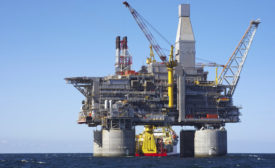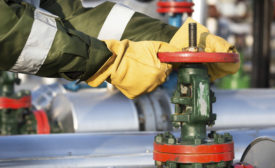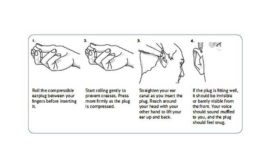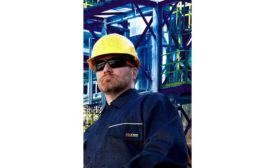Oil and Gas Industry Safety & Health
A NIOSH Science Blog post
Gases and vapors continue to pose hazards on oil and gas well sites during gauging, fluid transfer, and disposal
August 30, 2018
Never miss the latest news and trends driving the safety industry
eNewsletter | Website | eMagazine
JOIN TODAYCopyright ©2024. All Rights Reserved BNP Media.
Design, CMS, Hosting & Web Development :: ePublishing






